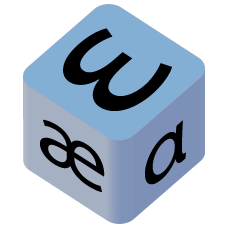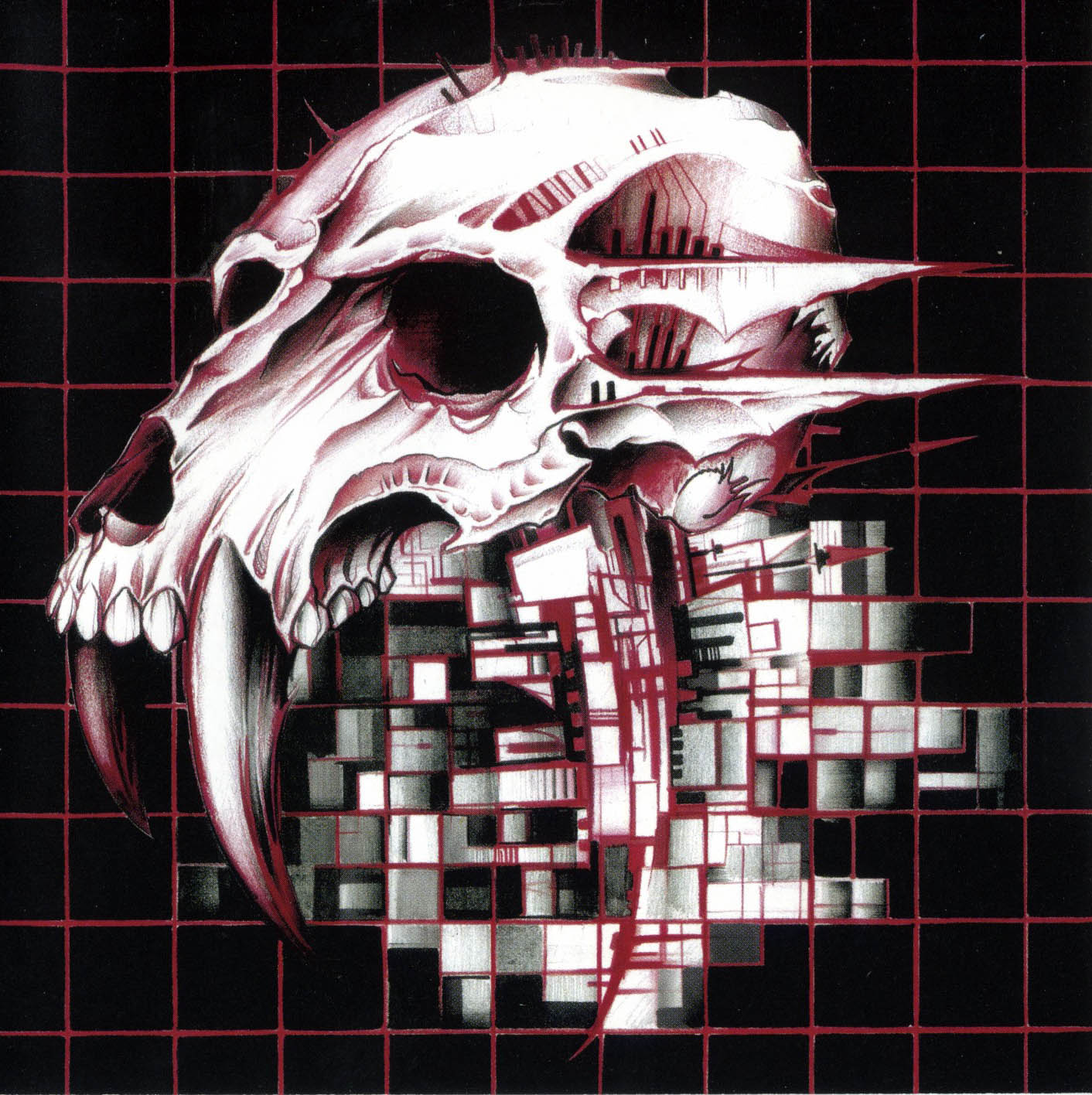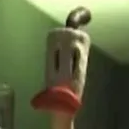Explanation: Just a linguistics joke. “Trad” chuds often insist there are only two genders, and idolize Rome, without the first idea about Rome other than “Marble busts and strong jawed legions”.
But the Latin language itself has three genders - masculine, feminine, and neuter!
Be careful - they might just take the word “neuter” a bit too far…
I’ve never made the link between that and gender before (linguistically), it seems obvious in hindsight.
be careful - they might just take the word “neuter” a bit too far…
Transfems looking for free oriectomies:
Oh no, anyway
Reminder grammatical gender and social gender are different things. For example, the grammatical neuter in Latin is mostly things, so it isn’t a viable way to refer to people; it’s like using “it” in English, you know? It gets nasty.
…not that the chuds would understand this. They’re probably busier screeching at “agricola” (farmer) describing pretty much their ideal life, and yet looking like a feminine word. (It’s masculine but 1st declension, so you decline it as you would decline puella/girl.)
I was also gonna say that using the genderless pronoun in slavic languages to refer to a person is akin of an insult.
[It’s kind of off-topic, but]
I think all three cases backtrack to the gender system of Early Proto-Indo-European. In Early PIE there are only two genders - animate and inanimate. Eventually the inanimate became the neuter, as the animate split into masculine and feminine. But the association between thing and the neuter remained in the IE languages, as a leftover of the past.
111?
Non CXI, sed tantum III.






